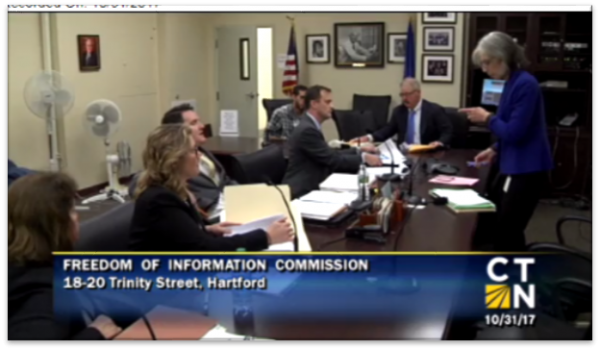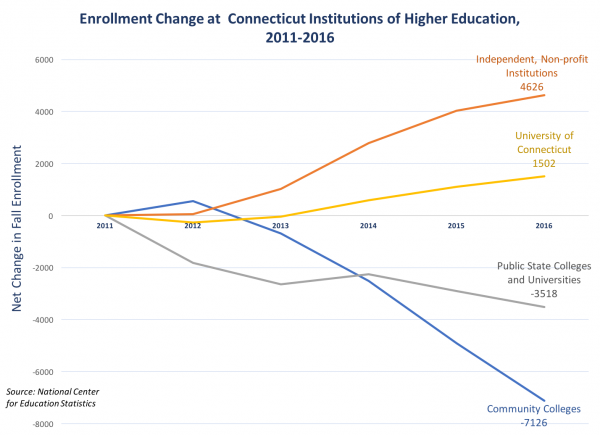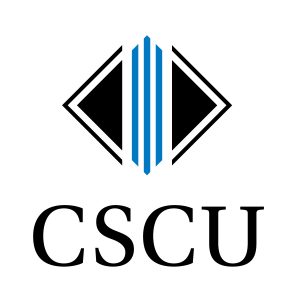To Combat Teen Driving Deaths, Video Contest Theme is “Could This Be You?”
/The problem is not surprising, but the solution remains elusive. Young drivers account for a disproportionate number of motor vehicle crashes and these crashes are the leading cause of death for this age group.
In fact, the risk of motor vehicle crashes is higher among 16-to 19-year-olds than among any other age group. Data indicate that per mile driven, teen drivers ages 16 to 19 are nearly three times more likely than drivers aged 20 and older to be in a fatal crash, according to the Centers for Disease Control and Prevention. Fatal crashes involving teen drivers jumped 10 percent between 2014 and 2015, the most recent year-to-year data available, according to a report by the Governors Highway Safety Association.
In an ongoing effort to reduce those numbers in Connecticut and better alert teens and their parents of the dangers, the Connecticut Department of Motor Vehicles and Travelers are once again launching their annual Teen Safe Driving Video contest for high school students.
The theme this year is: “Teen Safe Driver: Could This Be You? Every Second Matters.” The stated goal is to create peer-to-peer education and influence about developing safe driving habits. A panel of judges comprised of safety advocates, health experts, and state officials will select the winners. Entries are due by December 15, 2017. Travelers will award up to $26,000 in cash prizes to the winning students and their high schools.
The theme of this year’s contest calls for video submissions showing positive examples of how to prevent tragedies, crashes, injuries and deaths. Studies have shown that positive influences can have the most effect on changing behavior.
“We fully support the Connecticut DMV’s program that educates teens about the importance of safe driving,” said Michael Klein, executive vice president, and president of Personal Insurance at Travelers. “Teenagers talking to other teenagers about good driving habits can carry more weight, and we hope the contest sparks conversation and encourages young drivers to take precautions behind the wheel.”
“This year’s theme calls attention to the great responsibilities teen drivers have, the challenges they face when getting behind the wheel and how to create a positive outcome that promotes safety,” said DMV Commissioner Michael Bzdyra. “Each year the contest generates amazing work by students across the state, and we want the new theme to inspire the creative juices of students to promote safe driving.”
The contest is open to all public, private, and home-schooled high school students in Connecticut. Submissions must be submitted electronically or postmarked no later than December 15, 2017. Travelers will award up to $26,000 in cash prizes to the winning students and their high schools. In addition, a cash prize of $1,000 will go to the school with the video showing the best multicultural message, which has been underwritten by Yale-New Haven Children’s Hospital.
The requirements for submissions include:
- PSA must be no longer than forty-five (:45) seconds in length. • It must demonstrate the theme: “Teen Safe Driver: Could This Be You? Every Second Matters.” • PSA must show on it the hashtag #CouldThisBeYou • It must also address two specific teen driving laws. • The PSA must have a multicultural or diversity component because driving involves teens from all backgrounds, including race, color, national origin, ancestry, age, sex, disability, sexual orientation, religious beliefs, culture, etc. Bi-lingual/multi-cultural videos are welcomed and encouraged. • Teams of students are limited to a maximum of 5 members, including the student director. • The PSA must feature at least two teens, along with any other teens or adults considered necessary for the creative safety message.
Other promotional contest partners include the Connecticut Police Chiefs Association; the Connecticut Association of Schools (CAS); AAA; the Connecticut State Police; Mourning Parents Act (!MPACT); the Connecticut Children's Medical Center; Yale-New Haven Children's Hospital; Saint Francis Hospital and Medical Center; the Connecticut Emergency Nurses Association; the state Department of Public Health; the state Department of Insurance; the state Department of Transportation; the state Department of Education; and the state Division of Criminal Justice.
A group of 18 student advisors to the Connecticut DMV helped create the theme focused on the teen driver because that single person can control the fate of himself or herself, as well as others, in the vehicle. Often their fate rests on whether they follow the rules of the road with responsible decision making, safe driving and by obeying state laws, especially those aimed at 16- and 17-year-old drivers.
Student advisors who worked on the project are Kenny Bigos of Suffield High School; Taurean Brown and Salma Tapkirwala, both of the Sport and Medical Science Academy in Hartford; Michael Dellaripa, Roham Hussain and Connor Silbo, all of Xavier High School in Middletown; Jalen Fontanez of East Hartford High School; Samantha Getsie of Berlin High School; Madison Massaro-Cook of Newington High School; Alex Proscino and Daniela Violano of Hamden High School; Esha Shrivastav of Kingswood-Oxford in West Hartford; Tess Chang and Rachel Saal of Hall High School in West Hartford; Maggie Silbo of Mercy High School in Middletown; Cole Wolkner and Evan Wolkner of Farmington High School; and Emma Zaleski of Wethersfield High School.
The complete set of rules can be found at http://ct.gov/teendriving/contest. Past contest winners can be found on YouTube at: http://www.youtube.com/teensafedriving12. Since the annual contest began more than a decade ago, nearly 3,500 students across the state have participated, representing more than 100 high schools. More information about the contest can be found at http://ct.gov/teendriving/contest.



 Connecticut’s “An Act Concerning the Strengthening of School Bullying Laws,”
Connecticut’s “An Act Concerning the Strengthening of School Bullying Laws,”  Testifying in support of the Connecticut legislation, state Victim Advocate Michelle Cruz said “we now know the long lasting and devastating effects that bullying behavior can have on victims, bystanders and even bullies.” She cited a study by the Family and Work Institute that reported one-third of children are bullied at least once a month, while six out of ten teens witnessed bullying at least once a day.
Testifying in support of the Connecticut legislation, state Victim Advocate Michelle Cruz said “we now know the long lasting and devastating effects that bullying behavior can have on victims, bystanders and even bullies.” She cited a study by the Family and Work Institute that reported one-third of children are bullied at least once a month, while six out of ten teens witnessed bullying at least once a day.
 The new program will be delivered by entrepreneurs in classrooms, after-school facilities, and other student venues across the United States, beginning this month. Entrepreneurs are given the opportunity to connect with students, provide relevant information about their company and entrepreneurial journey, and share advice and next steps for students who are interested in starting their own business.
The new program will be delivered by entrepreneurs in classrooms, after-school facilities, and other student venues across the United States, beginning this month. Entrepreneurs are given the opportunity to connect with students, provide relevant information about their company and entrepreneurial journey, and share advice and next steps for students who are interested in starting their own business. "Entrepreneurs are the driving force behind growth and positive change, and at EY we believe it is vital to help enable our future generation of innovators," said Randy Cain, Vice Chair and Southwest Region Managing Partner, Ernst & Young LLP, and JA USA board member. "Creative, hands-on programs such as JA Launch Lesson are critical to providing our youth with the tools, information and resources necessary to succeed when starting their own business."
"Entrepreneurs are the driving force behind growth and positive change, and at EY we believe it is vital to help enable our future generation of innovators," said Randy Cain, Vice Chair and Southwest Region Managing Partner, Ernst & Young LLP, and JA USA board member. "Creative, hands-on programs such as JA Launch Lesson are critical to providing our youth with the tools, information and resources necessary to succeed when starting their own business."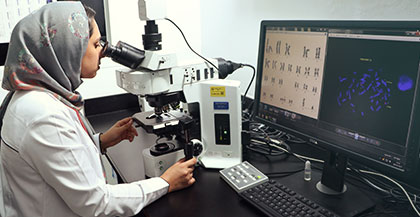


 The mission of the Jordan Porco Foundation, a 501(c) (3) public charity, is to prevent suicide, promote mental health, and create a message of hope for young adults. They accomplish this by providing engaging and uplifting peer-run programs. Their programs strive to start a conversation about mental health that reduces stigma while encouraging help-seeking and supportive behaviors.
The mission of the Jordan Porco Foundation, a 501(c) (3) public charity, is to prevent suicide, promote mental health, and create a message of hope for young adults. They accomplish this by providing engaging and uplifting peer-run programs. Their programs strive to start a conversation about mental health that reduces stigma while encouraging help-seeking and supportive behaviors.
 On the Southern Connecticut State University Owls, a Division ll men’s basketball team, five Connecticut student- athletes have made their way onto the 13 player
On the Southern Connecticut State University Owls, a Division ll men’s basketball team, five Connecticut student- athletes have made their way onto the 13 player 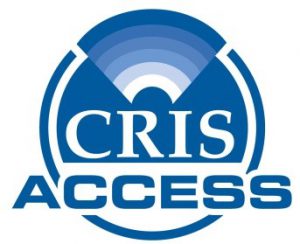
 Michelle Hargrave, Deputy Director at the NBMAA, said, "The New Britain Museum of American Art is thrilled to partner with CRIS Radio in this endeavor to bring greater accessibility to the institution. The Museum is committed to being a welcoming, dynamic, distinguished, and educationally ambitious art museum, and we are very excited that this opportunity will open our galleries to a broader audience."
Michelle Hargrave, Deputy Director at the NBMAA, said, "The New Britain Museum of American Art is thrilled to partner with CRIS Radio in this endeavor to bring greater accessibility to the institution. The Museum is committed to being a welcoming, dynamic, distinguished, and educationally ambitious art museum, and we are very excited that this opportunity will open our galleries to a broader audience."

 A synthetic turf study was undertaken in 2016 by four United States agencies — EPA, Consumer Products Safety Commission, the Centers for Disease Control and Prevention/Agency for Toxic Substances and Disease Registry — which has yet to be finalized.
A synthetic turf study was undertaken in 2016 by four United States agencies — EPA, Consumer Products Safety Commission, the Centers for Disease Control and Prevention/Agency for Toxic Substances and Disease Registry — which has yet to be finalized. Blumenthal first became concerned about the artificial surface when his children were playing on the crumb-rubber athletic fields. “I became concerned as a parent, as much as a public official, ten years ago, and at first was somewhat skeptical, but now very firmly believe that we need an authoritative, real study about what’s in these fields,” Blumenthal told ABC News two years ago.
Blumenthal first became concerned about the artificial surface when his children were playing on the crumb-rubber athletic fields. “I became concerned as a parent, as much as a public official, ten years ago, and at first was somewhat skeptical, but now very firmly believe that we need an authoritative, real study about what’s in these fields,” Blumenthal told ABC News two years ago.
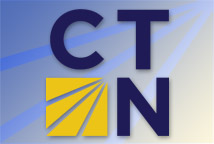 CPAN’s most recent contact expired in September, was extended through October, and was on a day-by-day basis this week. The 33-person staff worked with an annual operating budget that was unexpectedly reduced by
CPAN’s most recent contact expired in September, was extended through October, and was on a day-by-day basis this week. The 33-person staff worked with an annual operating budget that was unexpectedly reduced by 